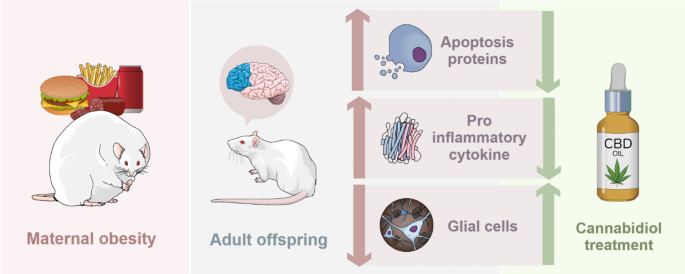
“Epilepsy, characterized by recurrent abnormal neuronal discharges, can lead to severe manifestations, including prolonged seizures that may become life-threatening. Despite the availability of numerous antiseizure drugs, many patients remain refractory to existing treatments, prompting the urgent search for novel therapeutic strategies.
One pivotal factor driving epileptogenesis is the disruption of the excitatory-inhibitory balance, resulting in excessive neuronal firing and hyperexcitability. In addition, neuroinflammation not only contributes to seizure generation but also exacerbates disease progression, forming a vicious cycle of neuronal damage.
The endocannabinoid (eCB) system, including eCBs, cannabinoid receptors, as well as biosynthetic and catabolic enzymes, has emerged as a crucial regulator of brain homeostasis.
By restoring excitatory-inhibitory balance and alleviating inflammation, eCB signaling influences key processes such as synaptic transmission, neuronal plasticity, and immune responses.
This dual capacity to regulate excitability and inflammatory pathways underscores its therapeutic potential for epilepsy.
In this review, we discussed the mechanisms by which eCB signaling regulates neuronal plasticity and inflammatory responses, emphasizing the interplay between these processes in epilepsy. We also discussed preclinical findings that support the therapeutic potential of targeting the eCB system.
By integrating insights from recent studies, we aim to provide a comprehensive overview of eCB-mediated neuroprotection and highlight future directions for epilepsy research and treatment.”
https://pubmed.ncbi.nlm.nih.gov/40886859/
https://www.sciencedirect.com/science/article/pii/S0969996125002918?via%3Dihub

